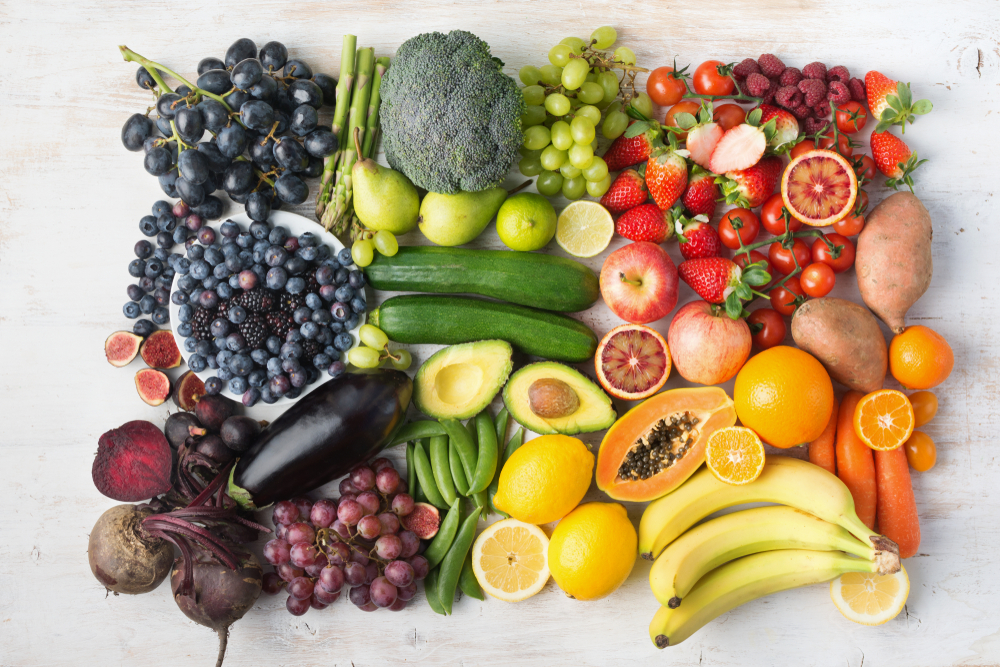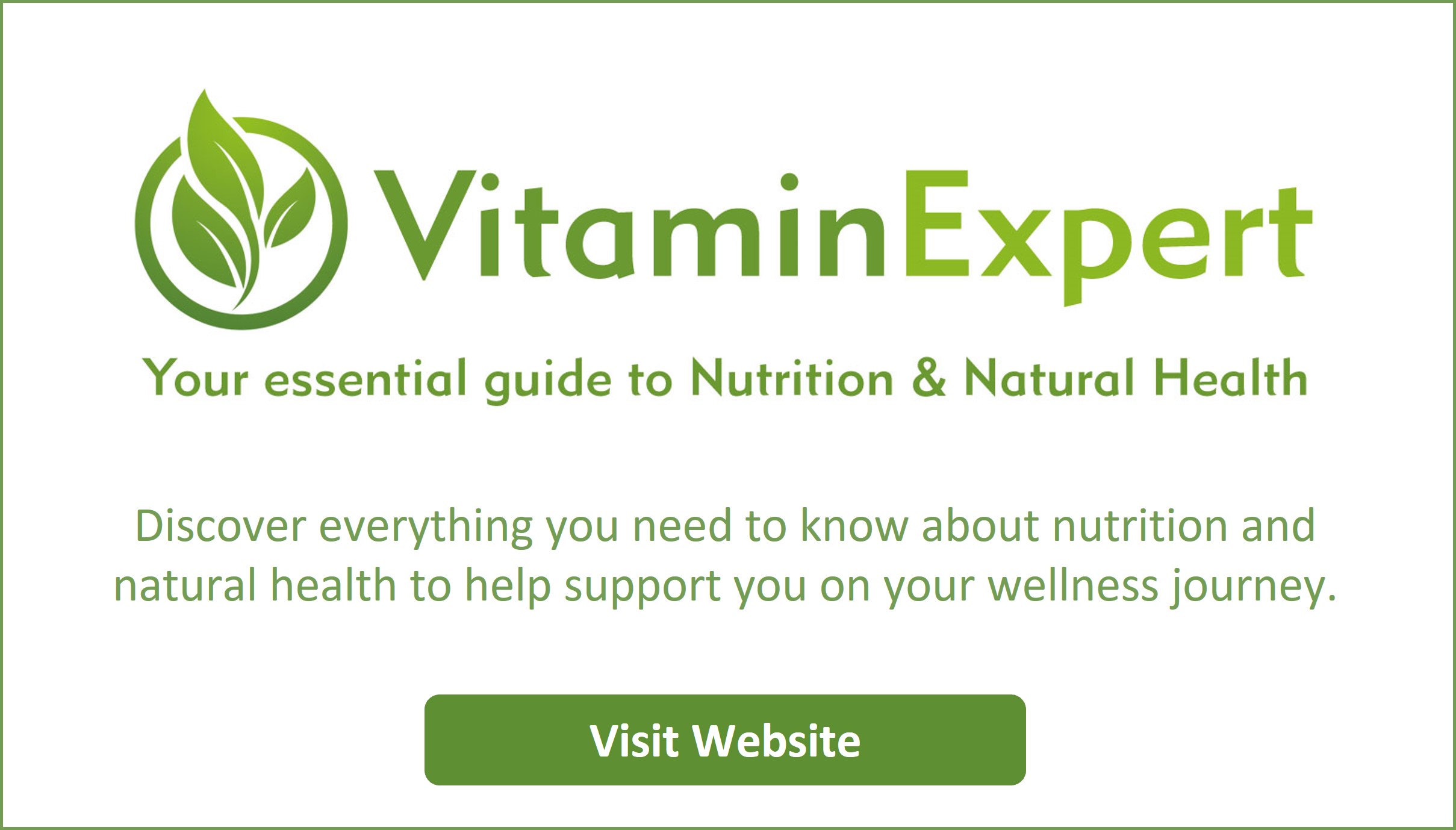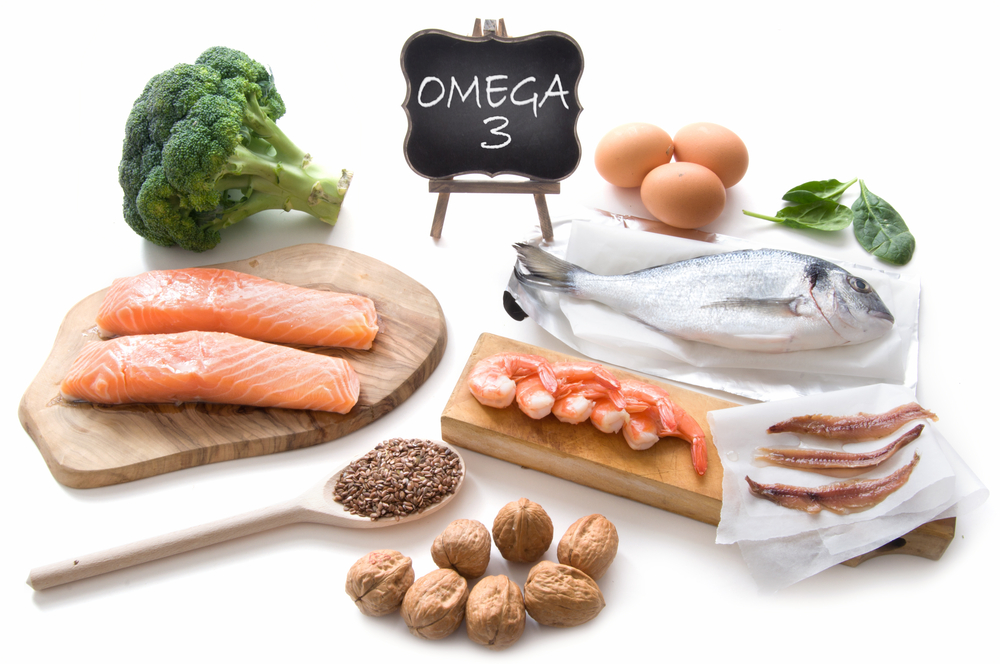
We often hear, read, or are told about cholesterol levels. Cholesterol is a blood fat that can cause a wide range of serious health issues if left unchecked. However, it can sometimes be confusing when we read not only about total cholesterol levels, but HDL and LDL too.
It’s important to keep cholesterol levels in a good range which it comes to your overall wellbeing, so here are five nutrition and lifestyle tips from Clinical Nutritionist Suzie Sawyer to help you on your way.

When it comes to cholesterol, essentially HDL levels are the good guys and LDL levels not so good. When your readings are being assessed, total cholesterol, HDL and LDL levels will be noted. So what are some nutritional wins that can help manage your levels?
Get some colour in your life

There are many great reasons to include plenty of colourful fruits and vegetables in your diet. And I know nutritionists do keep banging the same drum! However, it’s all in a good cause, especially when it comes to managing cholesterol levels.
Cholesterol and other blood fats attack the artery walls and cause plaque build-up. Plaques then become oxidised, arteries harden, and blood flow is limited, which can then lead to cardiovascular issues. Fruits and vegetables all contain great levels of vitamin C, which is not only a powerful antioxidant, but also keeps arteries free flowing, also keeping cholesterol levels in check.
Eating ‘five a day’ is a great target but, the more portions you eat in a day, the better. Don’t worry about counting, just enjoy eating. Frozen produce is great too.
Avoid refined carbs

Whilst too much saturated fat can raise cholesterol levels, the bigger issue is sugar. Sugar raises LDL levels and reduces HDL. LDL particles keep cholesterol circulating in the body, which is not ideal.
Some of the worst culprits are refined carbs such as cakes, biscuits, pies, and croissants. Not only are they high in fat, but sugar too, and they provide minimal nutritional benefit. Obviously, they’re fine to eat on a treat day, but not every day. Crisps in whatever form, also raise cholesterol levels because they’re loaded with trans fats, an unnatural fat the body can’t deal with.
Keep tabs on alcohol intake

Whilst drinking alcohol is enjoyable for many of us, it does not always come with great health benefits. Drinking alcohol in moderation is fine, in line with Government guidelines, but essentially, it’s loaded with sugar. The other issue is that alcohol must be processed through the liver (just like cholesterol) and the two are not very good friends!
If you enjoy a glass or two of wine, that’s fine but it might also be worth including some extra liver-loving foods in your diet, to really improve liver detoxification. Asparagus, Jerusalem and globe artichokes, cruciferous vegetables such as broccoli and cauliflower, berries and green tea are all great choices.
Minimise your intake of processed meats

Foods including sausages, bacon and other processed meats are generally high in saturated fats, which will raise cholesterol levels. There is much research to suggest it tends to be these guys that raise cholesterol more so than plain red meat. It is worth noting that game meats such as venison and pheasant are much lower in fats, so have lots of positive benefits to health.
The other issue with processed meats is, as the name, suggests, the processing. This involves chemicals which the body doesn’t know how to dispose of, which puts more pressure on the liver that must detoxify everything, therefore raising cholesterol levels too.
Instead go for meats as close to their natural state as possible.
Try to reduce stress

This is often easier said than done for sure. However, if life is very stressful for you, then it’s important to try and find some time each day for relaxation or stress-reducing techniques.
When stress levels are high, this affects the release of blood sugars which in turn raises cholesterol levels.
Of course, it’s not easy to eradicate all stress from our lives. But even practicing some deep breathing every day or whatever works for you, can be amazingly successful at keeping stress hormones in check, and in turn, cholesterol levels.
With a few simple nutrition and lifestyle changes, your cholesterol readings can hopefully be in a healthy range.
FOR MORE GREAT NUTRITION AND LIFESTYLE ADVICE:
Sign up to receive our blog and get a weekly dose of the latest nutrition, health and wellness advice direct to your inbox.
For everything you need to know about vitamins, minerals and herbs visit our sister site Vitamin Expert – your essential guide to nutrition and natural health.
Follow us on Instagram @feelaliveuk for nutrition, lifestyle and well-being tips.
Visit us at www.feelaliveuk.com for the latest offers and exclusive Alive! content.
Follow and Chat with Suzie on Twitter @nutritionsuzie
All images: Shutterstock






















































